Paradiso Canto 2
OVERVIEW
Anthony Nussemeier is an Assistant Professor of Italian and the Director of the Italian Language program at the University of Dallas. He regularly teachers classes abroad in Florence and is an expert in Dante, Medieval Literature, and Italian pedagogy.
Questions for Reflection
- Why does Dante open this canto with nautical imagery (1-18)? How does this recall us to the story of Ulysses in Inferno 26? What other famous sailor does Dante evoke in line 16?
- Why does Dante warn that some readers may not be able to follow him into the dizzying heights of Paradiso (2.4-6)? Is Dante being demeaning toward those who might not be as intellectually equipped as he is or is there something more going on here? How does this warning contrast with Ulysses?
- How does the fact that Dante and Beatrice are substantially conjoined to the moon raise the question of the incarnation of Christ (2.37-42)?
- How does Beatrice’s discourse on the nature of the moonspots point to the limitations of empirical knowledge and suggest the need for broader understanding of the world?
- One aspect of this infamous canto is the way that Beatrice disproves Dante’s earlier philosophical argument about the moonspots from his Convivio. This isn’t the last time in Paradiso that Beatrice will correct Dante’s earlier ideas. Why might it be so important for his project in Paradiso for Dante to highlight his past intellectual errors?
DETAILS
- Dr. Anthony Nussemeier
- University of Dallas
- Run Time 9:40








